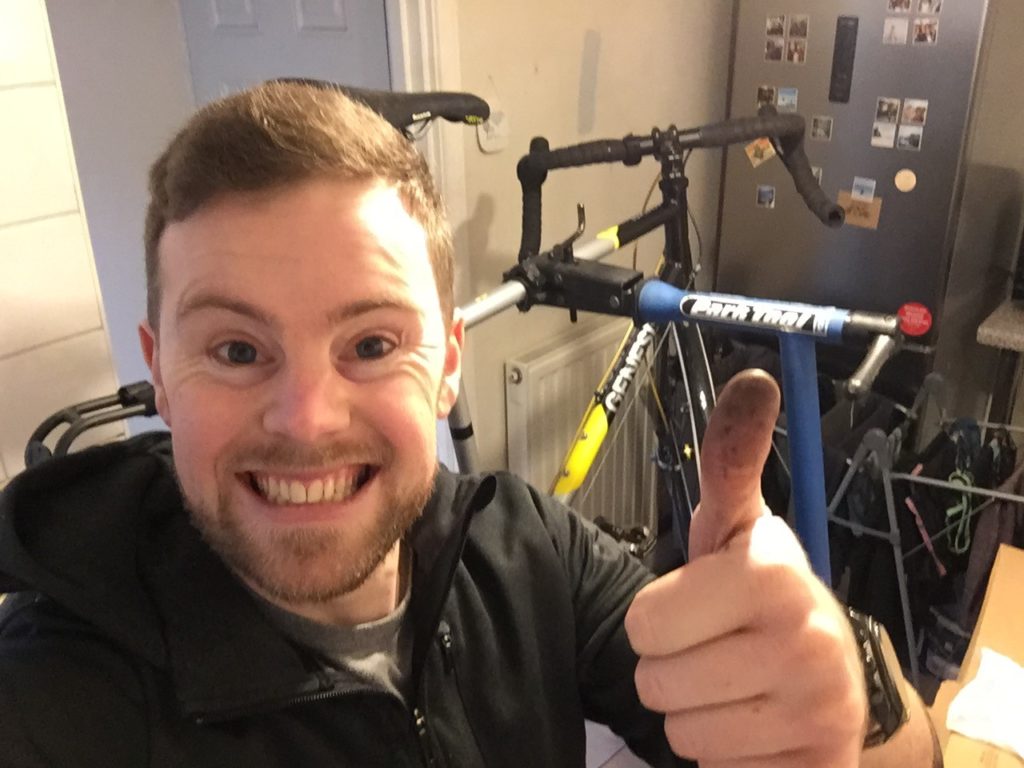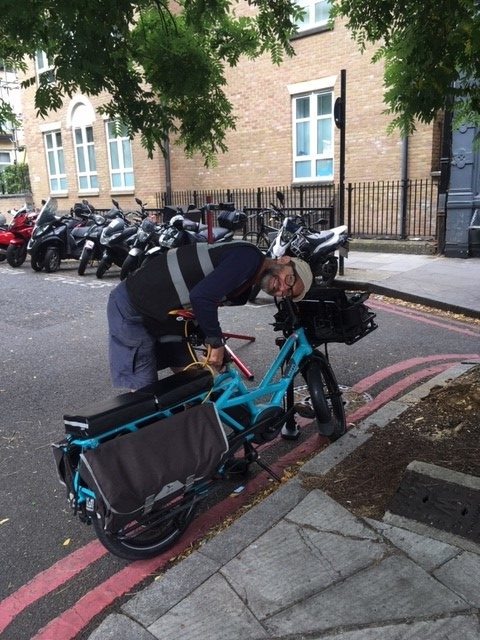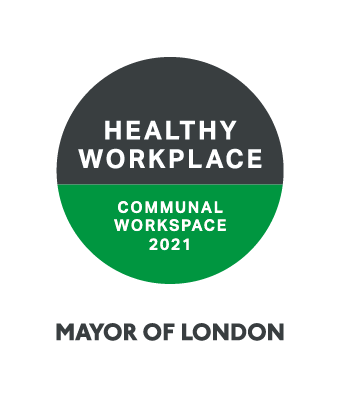The Covid-19 crisis has changed the way we live, how we work and how we travel. The very framework of our normal behaviours shifted as we learnt to adapt to a new way of being. As we ease out of lockdown, can we keep hold of some of the positive habits developed out of need when it comes to the way we make journeys?
How do you get to work?
For many us working in cities like London, the daily commute might have included a train, a bus, a tube, perhaps even a combination of all three.
The use of public transport is an integral part of how we get around the city helping us navigate the twists and turns of commuter life.
We are used to habitual travel. We barely register the sheer magnitude of the tube system snaking its way through the vast underbelly of the city, before we magically find ourselves in another part of town as if teleportation had taken place.
On autopilot. Doors close shut, carriages rumble on, heads in books, newspapers and phones. Crowded, passengers bunched up against one another with scarcely room to manoeuvre.
This was the normal of commuter life all through the year. Summer months spent melting on tubes, hot and sticky buses. Cold trains in the winter, stuck in their tracks by blizzards.
When the Covid-19 pandemic hit, all of this changed.
In a matter of weeks, our travel habits changed drastically.
As working from home became an instruction for a large majority of the workforce, those daily commutes on packed trains became a walk to the kitchen table.
Research from Sport England suggests that walking, cycling and running all increased as people incorporated more daily exercise into their routines.
In an attempt to avoid public transport, we found alternative modes of transport for those essential journeys.
The necessity of Active Travel has been brought to the fore by the crisis. We were forced to seek alternatives as the use of public transport was discouraged, keeping it free for vital key workers to easily, quickly and safely get around.

Proponents of Active Travel have long lauded the benefits for individual physical and mental health but also the positive impact an increase in active travel has on reducing carbon emissions, campaigning for a change that will contribute in combating climate change.
Is now the time to make active travel a very real and viable option for the way we get around?
At the beginning of May, the government announced plans to boost greener, active transport with a £250 million emergency active travel fund, the first stage of a £2 billion investment. The importance of active travel as never been more of a focus.
“As we look to the future, we must build a better country with greener travel habits, cleaner air and healthier communities.”
Transport Secretary, Grant Shapps
In London, the SteetSpace plan aims to create more space on streets so people can walk or cycle and continue to ease the pressure on public transport as people return to work as well as ambitions to create the largest car free zones in a capital city.
Active Travel has been borne out of necessity as a result of the pandemic. Can we sustain it?

Can there be a real shift towards more human centric cities?
This global health emergency has set in motion the fastest transformation of city space.
Often, it is in times of crisis that real change is made possible. We have witnessed it.
It is possible to build a functional hospital in days.
It is possible to close all but the most essential shops overnight.
It is possible for work to continue even without an office.
To ground planes, close borders and quite literally, stop traffic.
Will all of this change how we move around the city?
Already traffic levels are rebounding as restrictions are lifted and more people figure out how to get to work as quickly and safely as possible.
How can active travel become more of a permanent and feasible feature of city life as opposed to a temporary reaction to current events?
In a recent survey from OnBuy of over 2,000 members of the public living in cities, 53% of those surveyed said they are now considering cycling to work. 64% said that the main reason for this was to avoid ‘unsafe’ public transport.
Concerns around the virus remain high.
In a survey conducted by Centre for London with Savanta ComRes exploring changes in travel habits during lockdown, almost half of Londoner’s surveyed state that even if all measures are lifted in 3 months, their tube use will be lower than before the crisis. A third of Londoners say they will walk and cycle more.
There is also something hugely satisfying about getting somewhere without a reliance on external factors, an avoidance of delayed trains, tubes stuck in tunnels, buses waiting for a change of driver.
And there is a unique feeling of freedom that accompanies active travel, movement unrestricted by scheduled timetables. The fuel you need is food, not petrol.
The pandemic has meant complete transformations of routines and new habits have emerged including active travel. Keeping up the momentum in encouraging more people to keep on walking, running and cycling after the pandemic would make cities healthier for the people who live in them,
To embed a lasting shift in cultural change will require continued support and innovation from those responsible for city infrastructure and the foresight to take a long-term view on the ways we travel, not a quick fix. A view that will fundamentally re-shape the way we travel in towns and cities.
House of Sport will always look for the ways we can support our residents in opting for active travel solutions when travelling to work. With a new and re-focused effort across London to prioritise active travel and encourage people to get about by bike or on foot, we are optimistic that this renewed interest will help us facilitate meeting the needs of active commuters even more.








